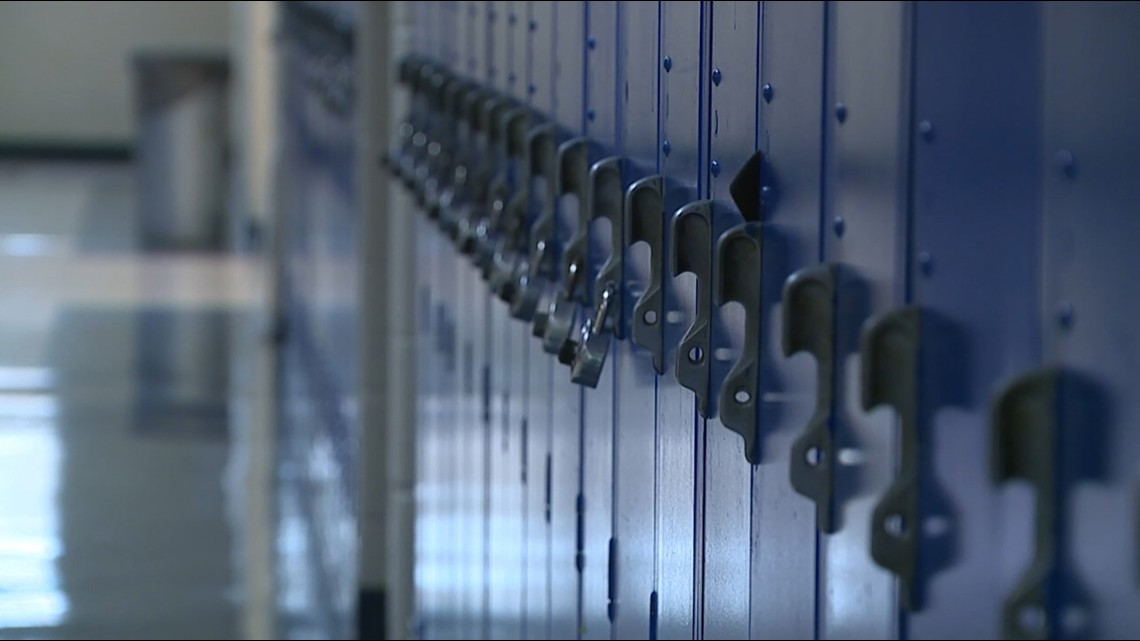
Changes to STAAR testing and success benchmarks in 2023 resulted in lawsuits from districts trying to stop the release of accountability ratings.
SAN ANTONIO — Some of San Antonio’s biggest districts are responding after newly released school ratings from the Texas Education Agency appeared to show them worsening between 2019 and 2023.
The A-F ratings were revealed Thursday amid a lawsuit from 120 districts and subsequent failed injunction to block the release. Those districts argued that changes made to how their students were graded – including the raising of certain benchmarks to receive higher scores – would inevitably lead to them receiving lower marks without sufficient notice from the TEA of the changes.
That’s what happened at San Antonio, Northside and North East ISDs, which all dropped from a B score in 2019 to a C for 2023.
But leaders at those districts are pointing to their own metrics that have remained consistent and indicate progress in students’ learning and STAAR scores, despite their lower TEA ratings.
“The two scores are not comparable,” said an NEISD spokesperson. “As a district, we have evaluated the 2023 STAAR scores and our campuses have made adjustments as needed.”
The district specifically pointed to higher rates of NEISD graduates prepared for the college, career or military; a GPA of 3.0 or better for 60% of 2022 graduates who enrolled in a four-year Texas college; higher rates of students meeting AP assessment criteria than the state as a whole; and higher numbers of students earning industry-based certifications.
A letter from Superintendent Sean Maika to district families expanded on the NEISD’s sentiment. He wrote the district was expecting lower grades for certain campuses “not because of a lack of efforts, progress or success, but because of the way the system is designed.”
“The state’s accountability system reduces the complexity of student growth and school achievement to a single letter grade,” Maika said. “It’s largely based on STAAR testing results, but student success is more than one test.”
Writing to families this week, SAISD Superintendent Jaime Aquino shared NEISD leaders’ sentiments, saying the springtime STAAR test is “just one of many tools we use to gather insight.”
Referring to the district’s C-rating for 2023, Aquino wrote “it is important to note that this rating cannot be compared to the district’s 2022 rating due to significant changes in both the STAAR assessment and the state accountability system.”
The state released only partial scores in 2022, handing San Antonio ISD a B. Aquino referred to “notable changes in test design and performance benchmarks” for the 2023 STAAR test and several new factors in the TEA’s accountability ratings, including “the introduction of artificial intelligence in grading, adjustments to how student growth is measured and substantial changes to the calculation of graduation rates and College, Career and Military Readiness (CCMR) indicators.”
NISD also saw a worse grade from 2019 to 2023. A spokesperson with the district said testing changes resulted in “some letter grades (being) negatively impacted despite student achievement in Northside having improved overall.”
The district, as with SAISD and NEISD, said it would use the 2023 ratings and STAAR test results to help shape their own metrics for student success. But NISD emphasized that the TEA rating system does “not fully represent the full measure of a district or school’s success.”
It remains to be seen when the TEA might release ratings based off 2024 STAAR results. There is another lawsuit over those ratings awaiting a decision from the 15th Court of Appeals, which argued that TEA Commissioner Mike Morath didn’t overstep his authority when he changed the college readiness metrics for 2023.
